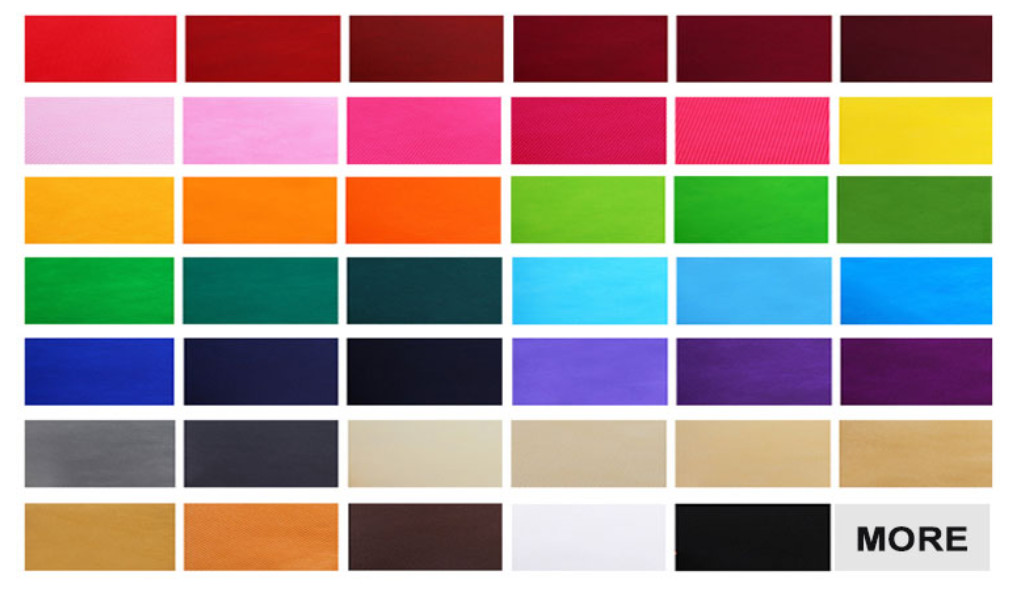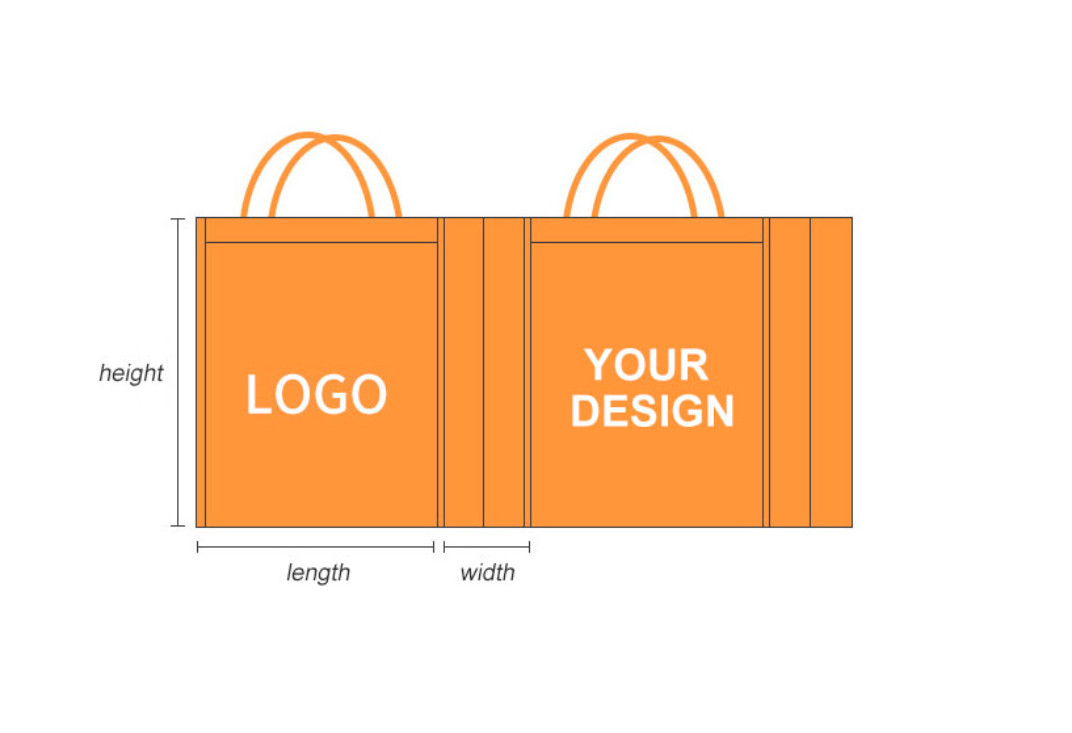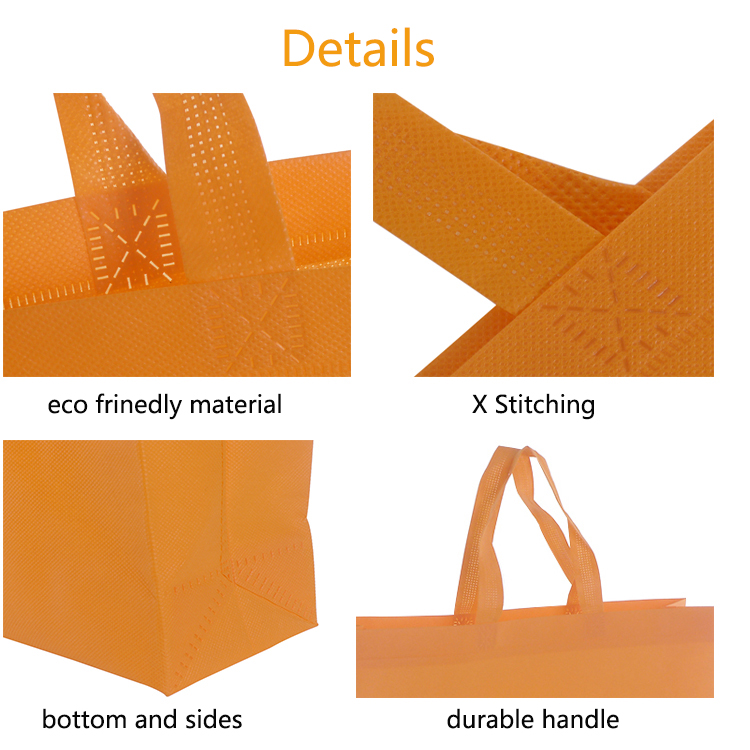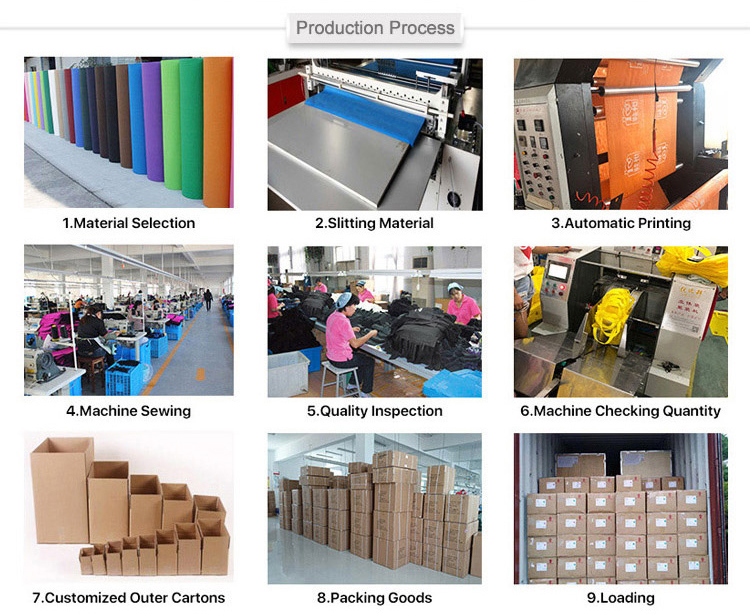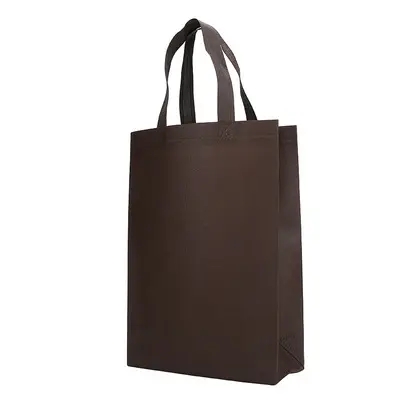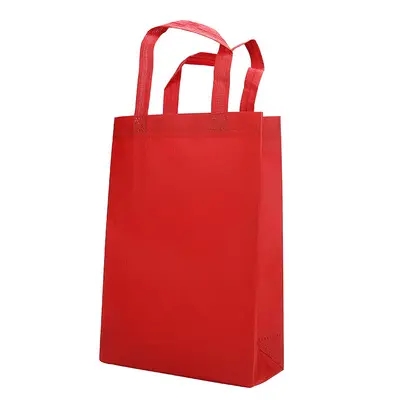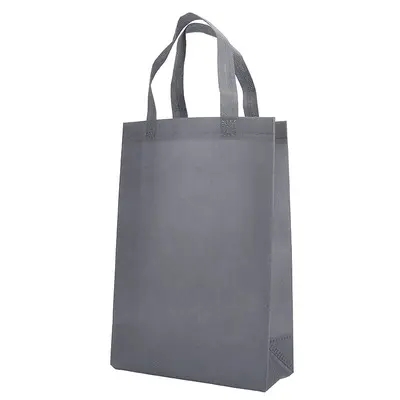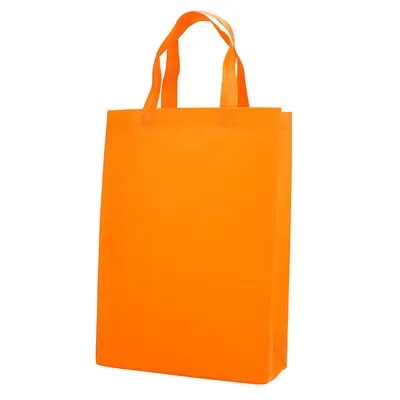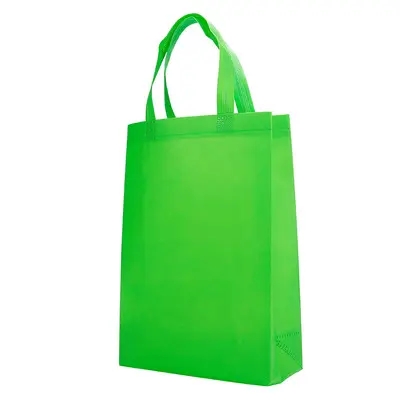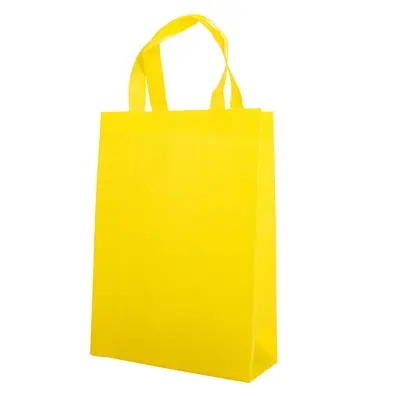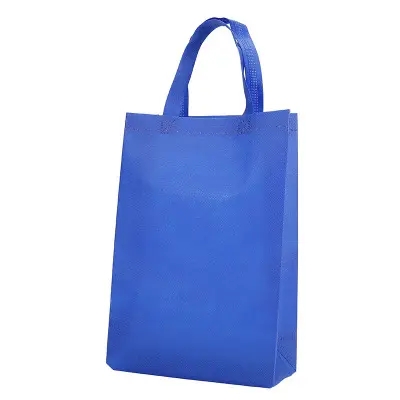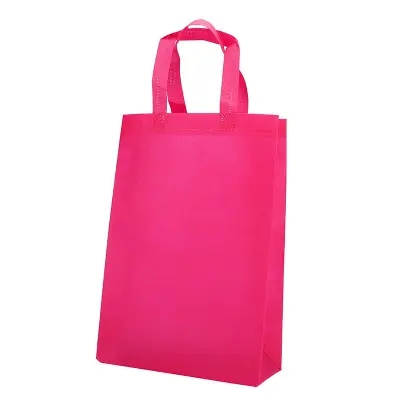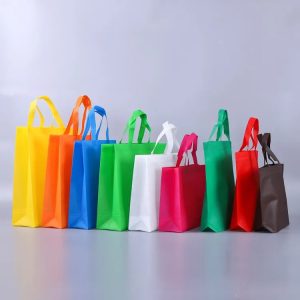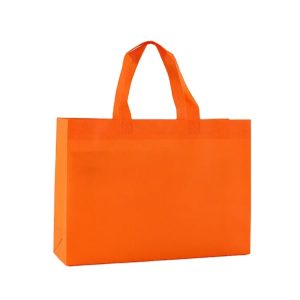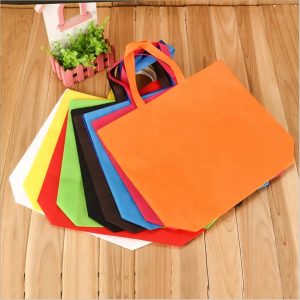Non-Woven Bags: A Sustainable Choice for Responsible Living
Introduction: In the age of environmental consciousness, non-woven bags have emerged as a revolutionary answer to the plastic predicament. These adaptable, eco-friendly carriers are gaining traction for their durability, reusability, and environmentally-conscious manufacturing methods. In this article, we delve into the distinctive features, advantages, and intricate production processes of non-woven bags, underscoring their essential role in curbing plastic pollution and fostering a more responsible consumer ethos.
The Green Edge of Non-Woven Bags: Non-woven bags are meticulously crafted by bonding long fibers through mechanical, thermal, or chemical processes. In stark contrast to plastic bags that pollute ecosystems, non-woven bags are biodegradable and easily recyclable. Their impressive durability extends their usability, diminishing the need for constant replacements and reducing waste generation.
Key Features and Benefits:
Unrivaled Strength and Durability: Non-woven bags are engineered to bear heavy loads, making them a dependable choice for various activities, from shopping to daily errands.
Eco-Friendly Composition: Constructed from natural fibers or recyclable synthetic materials, non-woven bags have a significantly lower environmental impact. Gradually decomposing, they alleviate pressure on landfills and marine ecosystems.
Sustainable Reusability: Non-woven bags’ sturdiness allows for multiple uses, reducing reliance on single-use plastics. Their washable nature ensures cleanliness and extended usage.
Personalization Possibilities: Non-woven bags offer creative options, available in diverse colors, sizes, and captivating designs, merging functionality with individual style.
Economical and Environmentally Sound: While non-woven bags might have a slightly higher upfront cost, their extended lifespan translates to cost-effectiveness, surpassing the transience of plastic bags.
Unveiling the Manufacturing Process: The creation of non-woven bags involves meticulous steps:
Web Formation: Long fibers are artfully arranged to create a web-like structure using techniques like spinning, carding, or air-laid methods.
Bonding: These fibers undergo mechanical (needle punching), thermal (heat bonding), or chemical (adhesive bonding) processes to achieve structural integrity.
Precision Cutting and Shaping: The bonded fabric is meticulously cut and shaped into desired bag dimensions.
Artistic Expression and Finishing: Intricate designs come to life with eco-friendly inks. The bags are then enhanced with handles, zippers, or other practical closures.
Championing Responsible Choices: Opting for non-woven bags over disposable plastics showcases a commitment to a cleaner environment. Retailers offering non-woven bags manifest their dedication to sustainability, fostering awareness about the collective responsibility to safeguard the planet.
Conclusion: Non-woven bags epitomize the fusion of durability and environmental mindfulness in the world of carrying solutions. Their innovative crafting, coupled with their resilience, reusability, and recyclability, positions them as essential tools in combating plastic waste and embracing a greener future. By embracing non-woven bags, you actively contribute to preserving the Earth for current and future generations, all while incorporating a practical and stylish accessory.
